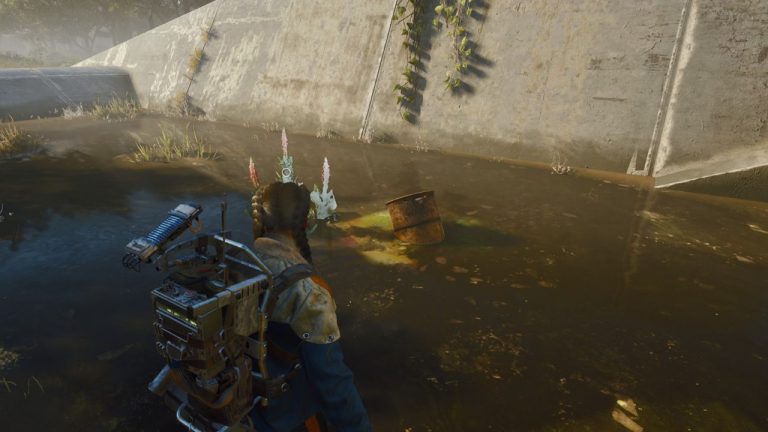Another YouTube channel has been beating on the Steam Deck OLED and, no surprise, has found that the device’s OLED panel will burn after 1,500 hours of displaying a static image.
A month ago or so, The Phawx found that quite a bit of burn in was possible in just 750 hours displaying a static image at max 1,000 nits HDR brightness. Now Wulff Den has done its own testing at 600 nits SDR brightness and found burn in after 1,500 hours.
He also reports a few extra interesting details. Blue and red colours burn in fastest. What’s more, Wulff Den didn’t think the Deck had any of the usual burn-in mitigation features, such as pixel shift or bright zone or logo detection and dimming. Putting the question to Valve, it was duly confirmed that the Deck OLED indeed does not have such measures.
“Steam Deck doesn’t use any of those methods. That said, we aren’t aware of users having issue under normal use. Our hardware warranty covers issues with all Steam Deck components, including the display,” Valve said.
Of course, that warranty only covers the Deck for a year. After which, you’re on your own.
So, is this just cause for Steam Deck OLED to sprint up and down office corridors emitting blood-curdling screams of pure panic? After all, what we have here is a Steam Deck OLED with no burn-in mitigation features that duly burns in. So, an issue? Probably not.
Wulff Den used a colour pattern within the static image to tease out some of the burn in details. (Image credit: Wulff Den)
For starters, as Wulff Den himself says the test isn’t terribly realistic. What Steam Deck user has a static image displaying at max SDR or HDR brightness for hundreds or even thousands of hours, non-stop?
Also, the brighter you run your Deck, the faster it will burn in. And who needs to run the thing at 600 or 1,000 nits all the time? If you play at night or even inside in the day, we’d argue you probably don’t, and probably won’t.
Burn in is also not much—if any—worry unless you are planning on playing the same game all the time that also happens to have bright static UI elements.
After all, you’re not going to be sitting on the Linux or Windows desktop with its static UI elements for hundreds of hours on a Deck like you might with a desktop PC. What’s more, the burn in Wulff Den achieved was very, very mild. You’d really have to go looking for it.
(Image credit: Future)
Steam Deck OLED review: Our verdict on Valve’s handheld.
Best Steam Deck accessories: Get decked out.
Steam Deck battery life: What’s the real battery life?
Best handheld gaming PC: What’s the best travel buddy?
So, if your Deck has a tiny bit of burn in after two or three years, the kind of burn in you can only see if you go looking for it and would barely bother you if at all in practice, is that really the end of the world?
Plus, the Steam Deck is more modular and repairable than most devices. You could replace the screen if the burn in got to the point where it was actually bothering you. Yes, that would cost money. But you wouldn’t have a totally trashed device, while you would have the option of rectifying the problem.
All of which means we’re going to file Steam Deck OLED burn in under “not a major worry” and get back to enjoying what remains our favourite handheld gaming PC.










